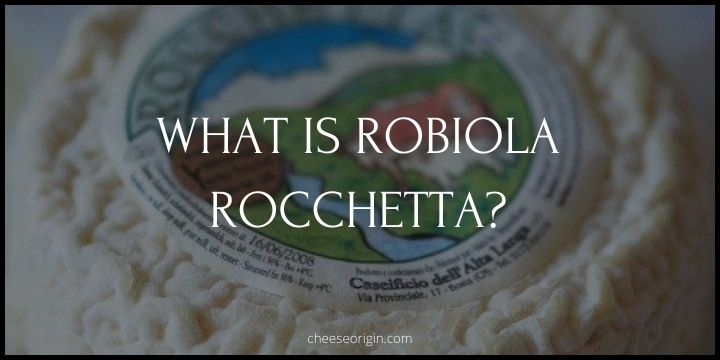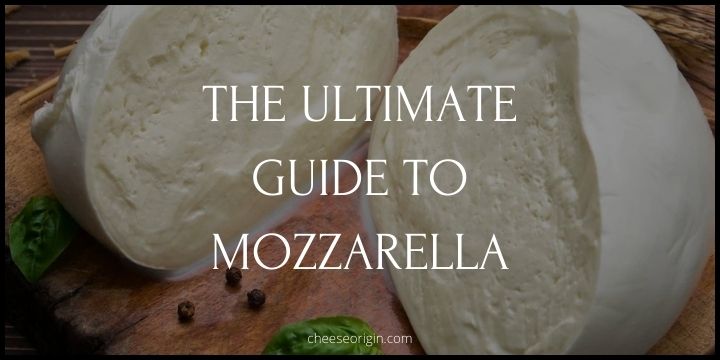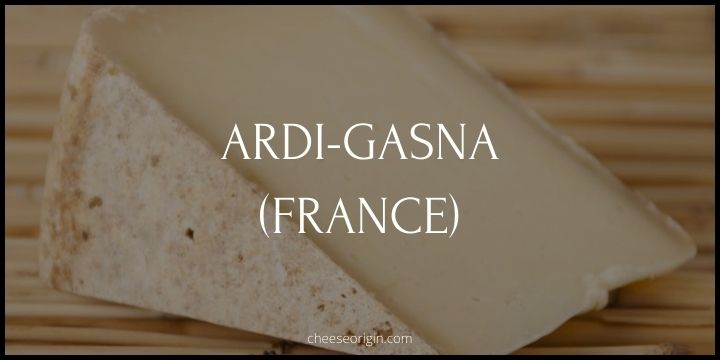What is Brie de Meaux? A French Classic with a Rich Legacy

Delve into the world of gourmet cheese, and you’ll find yourself in the charming town of Meaux, France. Here, nestled within the Brie region, a culinary classic was born: the Brie de Meaux. This illustrious cheese is no ordinary dairy product; it’s a symbol of French gastronomic excellence, a testament to age-old traditions, and a beloved delicacy with a rich legacy.
Brie de Meaux is not just a cheese, but a narrative of history, culture, and artisanal craftsmanship. Its story is intertwined with that of French kings and revolutionaries, monks and farmers, all who have tasted and treasured this creamy delight. As we unwrap the Brie de Meaux, we’re not merely revealing a cheese, but unwrapping centuries of heritage and passion.
Also read: What is Brie? The Creamy Heart of French Gastronomy
Quick Facts About Brie de Meaux
| Fact | Details |
|---|---|
| Origin | Originated in the town of Meaux in the Brie region of France. |
| Type of Milk | Made from raw, unpasteurized cow’s milk. |
| Cheese Family | Belongs to the Brie family of cheeses. It is classified as a soft cheese. |
| Ageing Period | Typically aged for about 4 to 8 weeks. |
| Appearance | Pale color with a slight grayish tinge under a rind of white mold. It is flat and round in shape. |
| Taste | Rich, creamy, buttery flavor with nuances of fruit and nuts. |
| Texture | Known for its soft, creamy interior texture. |
| Serving Suggestions | Can be enjoyed on its own, with bread, or paired with fruits, nuts, and a glass of Champagne or a light red wine like Beaujolais. |
| PDO Status | Awarded Protected Designation of Origin (PDO) status by the European Union in 1980, which guarantees its authenticity and quality. |
| Historical Significance | Known as the “King of Cheeses,” Brie de Meaux has been a favorite among French royalty since the Middle Ages. |
What is Brie de Meaux?
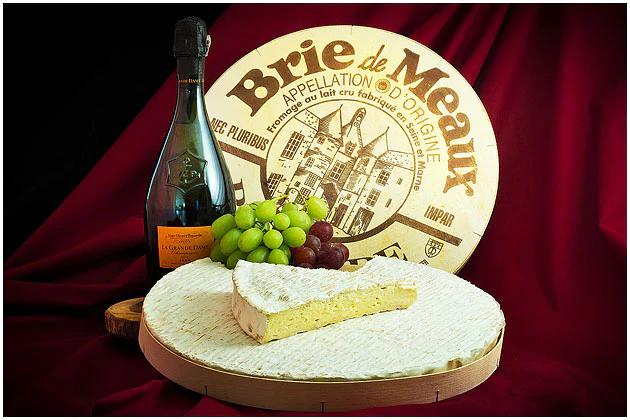
Brie de Meaux is a captivating cheese that has been winning over taste buds for centuries. Known as the “King of Cheeses,” this French delicacy hails from the town of Meaux in the Brie region of France, a land renowned for its exceptional dairy products. But what exactly is Brie de Meaux, and why has it held such a coveted place in the world of gastronomy?
To understand Brie de Meaux, one must first recognize its distinct characteristics. This cheese is made from raw, unpasteurized cow’s milk, which lends it a creamy, buttery flavor with nuances of fruit and nuts. It’s not just the taste that sets Brie de Meaux apart; its texture is equally remarkable. The soft, creamy interior contrasts beautifully with the rind of white mold that encases it, offering an intriguing blend of textures in every bite.
Yet, there’s more to Brie de Meaux than meets the eye (or the palate). It’s a cheese steeped in history, enjoyed by French royalty since the Middle Ages. Even today, it bears the Protected Designation of Origin (PDO) status, a testament to its authenticity and adherence to traditional cheesemaking methods.
What Does Brie de Meaux Taste Like?
Brie de Meaux offers a complex symphony of flavors that is a true delight for the palate. Its taste is rich and creamy, with a depth of flavor that reflects its artisanal production process.
The initial taste is mild and milky, with a hint of sweetness. As the cheese melts in your mouth, it reveals subtle undertones of fresh mushrooms, reminiscent of its earthy origins in the Brie region of France. This is followed by a slightly tangy aftertaste, which adds an intriguing contrast to the cheese’s overall creaminess.
What truly sets Brie de Meaux apart is its nuanced flavor profile. It carries hints of almonds and fruit, giving it a delicate nuttiness and a touch of sweetness. These flavors balance beautifully with the cheese’s inherent creaminess, creating a harmonious blend that is both satisfying and indulgent.
In terms of texture, Brie de Meaux is delightfully creamy and soft, adding another layer to its sensory appeal. The rind, while edible, has a slightly different flavor – a bit earthier and more robust.
Brie de Meaux Tasting Notes
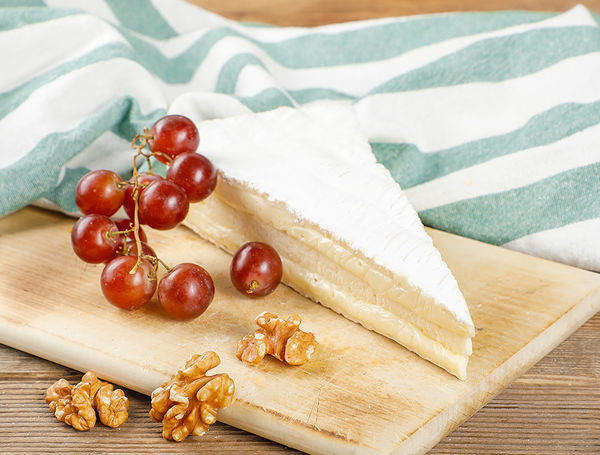
- Appearance: Brie de Meaux is a flat, round cheese with a pale, slightly grayish color. It is encased in a rind of white mold which is edible.
- Texture: The cheese has a soft, creamy interior that offers a smooth, melt-in-your-mouth experience. The rind adds a slightly contrasting texture.
- Aroma: The aroma of Brie de Meaux is fresh and earthy, with hints of mushrooms and a slight tanginess that teases the senses.
- Taste: The initial taste is mild, milky and slightly sweet. As the cheese melts in your mouth, it reveals an undercurrent of fresh mushrooms and a gentle tanginess.
- Aftertaste: The aftertaste is subtly nutty and fruity, providing a delightful finish to each bite.
- Flavor Complexity: Brie de Meaux is distinguished by its complex flavor profile. There are nuances of almonds and fruit, which balance beautifully with the cheese’s inherent creaminess.
- Pairings: Brie de Meaux pairs well with a variety of foods and beverages. Fresh fruits, nuts, and crusty bread can enhance its flavors, while a glass of Champagne or a light red wine like Beaujolais can complement its rich, creamy taste.
- Serving Suggestions: Serve Brie de Meaux at room temperature to allow its flavors to fully develop. It can be enjoyed on its own, with accompaniments, or as part of a cheese platter.
What’s the difference between Brie and Brie de Meaux?
| Feature | Brie | Brie de Meaux |
|---|---|---|
| Origin | Originates from the Brie region in France. However, the term “Brie” is now used globally to describe a style of cheese, not necessarily tied to a specific region. | Exclusively produced in the town of Meaux in the Brie region of France. |
| Production | Can be made from pasteurized or raw milk. The production process may vary based on the country and manufacturer. | Always made from raw, unpasteurized cow’s milk. The production process is regulated by stringent standards due to its Protected Designation of Origin (PDO) status. |
| Flavor | Generally mild, creamy and buttery in flavor. The taste can vary greatly depending on the manufacturer and whether it’s made from pasteurized or raw milk. | Has a complex, nuanced flavor profile with notes of mushrooms, almonds, and fruit. It offers a richer, deeper taste due to the use of raw milk and traditional production methods. |
| Texture | Usually has a smooth, creamy texture. The rind is typically soft and edible. | Features a creamy, melt-in-your-mouth interior and a slightly firmer, edible rind. The texture can be more varied and complex compared to generic Brie. |
| Maturation | The maturation period can vary based on the specific type of Brie and the manufacturer’s process. | Matured for at least four weeks, allowing its unique flavors and textures to fully develop. |
| Regulation | There are no strict regulations governing the production of generic Brie, leading to a wide range of quality and taste. | Strictly regulated under the PDO status, ensuring that the cheese is made using traditional methods and within the designated geographical area. |
>> Click here to read our in-depth guide on Brie
Where to Buy Brie de Meaux?
- Amazon
- Fromages
- Ideal Cheese
- Artisanal Cheese
- Zabars
- Mill Road Cheese Shop
- Cheesy Place
- Gary’s Wine
- FreshDirect
Note: availability may vary based on your location and the seller’s stock.
What Pairs Well With Brie de Meaux?
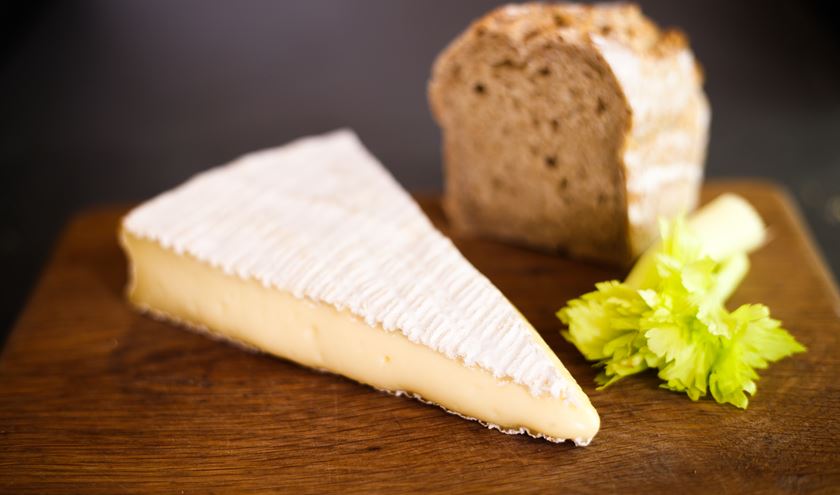
Food that goes well with Brie de Meaux:
| Category | Foods |
|---|---|
| Breads | Baguette, Sourdough, Ciabatta, Whole grain bread, Walnut bread |
| Fruits | Apples, Pears, Grapes, Figs, Berries, Dried fruits like apricots and cranberries |
| Nuts | Almonds, Walnuts, Pecans, Pistachios |
| Meats | Prosciutto, Salami, Smoked salmon, Roast turkey, Chicken |
| Jams and Spreads | Fig jam, Apricot preserves, Honey, Truffle honey, Raspberry jam |
| Condiments | Mustard, Pickles, Olives, Capers |
| Vegetables | Arugula, Spinach, Roasted bell peppers, Caramelized onions |
| Other Cheeses | Gorgonzola, Cheddar, Blue cheese, Goat cheese |
| Sweets | Dark chocolate, Meringue, Dates, Candied ginger |
Also read: What Fruit Goes on a Charcuterie Board?
Beverage that goes well with Brie de Meaux:
| Category | Beverages |
|---|---|
| Wine | Champagne, Chardonnay, Pinot Noir, Beaujolais, Sauternes |
| Beer | Belgian Tripel, Wheat Beer, Stout, Pale Ale |
| Spirits | Cognac, Armagnac, Calvados, Whiskey |
| Non-Alcoholic | Sparkling water, Apple cider, Grape juice |
Also read: Best Wine and Cheese Pairings: The Ultimate Guide
The History of Brie de Meaux
Brie de Meaux is a celebrated French cheese that originates from the town of Meaux, in the Brie region of France. The creation of this cheese dates back to the Middle Ages and it was traditionally crafted by monks at the monastery of Reuil en Brie. The exact origins of Brie de Meaux remain unclear, however, it’s believed to have been first produced as early as the 7th century.
Brie de Meaux was originally produced in the Meaux region but its production gradually moved eastwards with the advent of industrialization. Despite these changes, the cheese has retained its traditional charm and unique flavor profile. It’s a soft-ripened cheese with a bloomy rind, exclusively made with raw cow’s milk, which contributes to its rich and creamy texture.
This cheese holds a significant place in history and French culture. Historically, Brie de Meaux was declared the “king of cheeses” by Talleyrand during the Congress of Vienna. It’s also known for being the last wish of Louis XVI before his execution during the French Revolution; he reportedly asked for a little wine and Brie.
Today, Brie de Meaux is a designated AOC (Appellation d’Origine Contrôlée) product since 1980, which means its production methods and geographical origin are protected by French law. This designation ensures that Brie de Meaux continues to be produced following traditional methods, preserving its heritage and quality for future generations.
Also read:
- What is Robiola? A Taste of Piedmont, Italy
- What is Parmigiano-Reggiano? Italy’s Cheese Crown Jewel
- What is Cooper Sharp Cheese? A Taste of Tradition
- What is Pepper Jack Cheese? The Spicy Star of American Dairy
- What is American Cheese? The Controversial Delight of the Dairy World
- What is Cantal Cheese? The Crown Jewel of French Cuisine
- What is Oaxaca Cheese? A Staple in Mexican Cuisine

